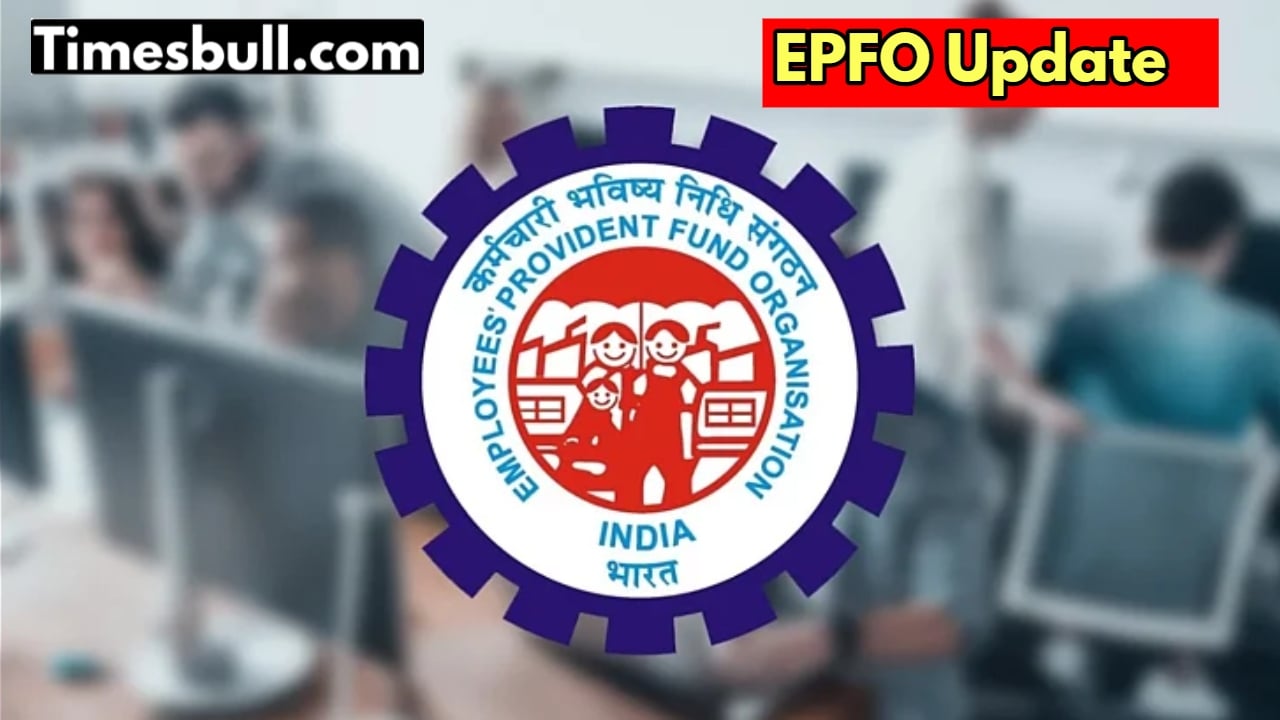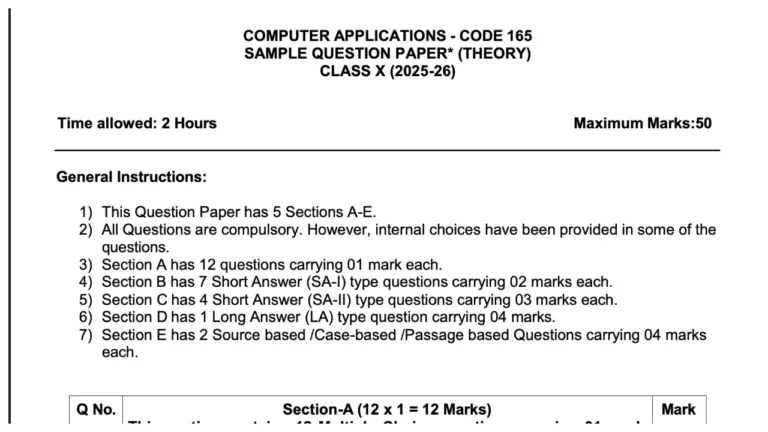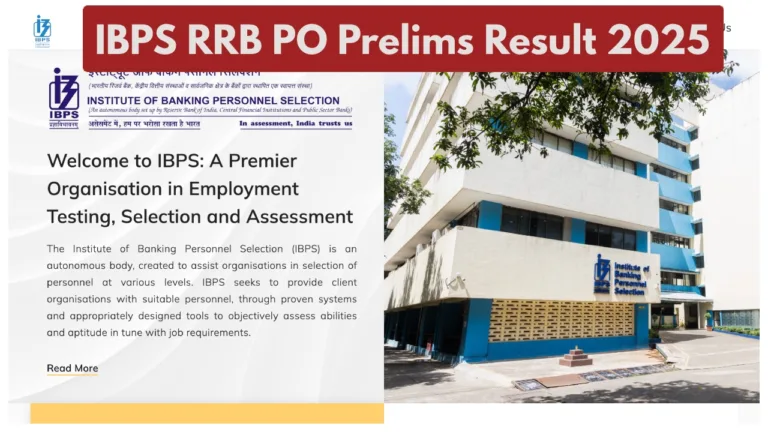Retirement Plan: If you want a comfortable and secure life after retirement, then financial planning will also have to be done accordingly. There are three very popular options for retirement saving schemes in our country – Public Provident Fund (PPF), Employees Provident Fund (EPF), and National Pension System (NPS).
All these schemes have their unique features. If you are also facing difficulty in choosing one of these, then we make your work easy. Through this article, we will tell you how these three are different from each other so that you do not have any trouble choosing the right plan according to your needs.
Public Provident Fund
PPF is a government scheme that allows long-term savings. In this, you can invest a minimum of ₹500 and a maximum of ₹1.5 lakh every year. It is designed keeping in mind those who are looking for a risk-free investment option with tax benefits.

Its specialty
PPF has a maturity period of 15 years. It can be extended in blocks of 5 years each. The government pays interest on PPF accounts at the rate of 7.1% per annum. The interest rate on PPF is determined by the government every quarter. Being backed by the Government of India, it is risk-free. PPF is eligible for tax exemption on investments up to ₹1.5 lakh per annum under section 80C. There is no tax on the interest amount.
Disadvantages
PPF comes with a lock-in period of 15 years. After the completion of the lock-in period of 15 years, you can close the account and withdraw the entire amount from the PPF account. The return on this does not increase much compared to inflation.
Employees Provident Fund
EPF is a mandatory savings scheme for employees working in a company with 20 (20) or more employees. Its purpose is to provide financial security to salaried employees after retirement.

Its specialty
In EPF, both the company and the employee contribute 12% of the basic salary and dearness allowance. For the current financial year, the interest rate on the Employees Provident Fund is 8.25%. The risk is low and the return is guaranteed. Investing in EPF gives a tax exemption of up to ₹1.5 lakh under section 80c.
A contribution of ₹2.5 lakh per year in a PF account is tax-free. The funds received after retirement are completely tax-free. The interest rate is higher than PPF. Savings also grow as per the employer’s contribution. If required, you can also make a partial withdrawal of the deposited amount.
Disadvantage
Contributions above ₹2.5 lakh are taxable. It is limited to salaried persons only.
National Pension System
NPS is a voluntary retirement saving scheme, open to all Indian citizens. It is specially designed for those who want to save for retirement and benefit from market-linked returns in the long term.

Its specialty
It is for both government and private sector employees. You can distribute your investment between equities, corporate bonds, and government securities as per your risk tolerance. Tax exemption on investment up to ₹1.5 lakh under section 80C with additional tax benefits of ₹50,000 under section 80CCD(1B). You can retain your NPS account even when changing jobs. It is one of the lowest-cost investment products compared to other investment options. Partial withdrawal is allowed with certain conditions.
Disadvantage
Only up to 60% of the total amount can be withdrawn as a lump sum on retirement, the remaining amount must be used to buy an annuity, which provides a regular pension. It is market-linked, so returns are not guaranteed.










